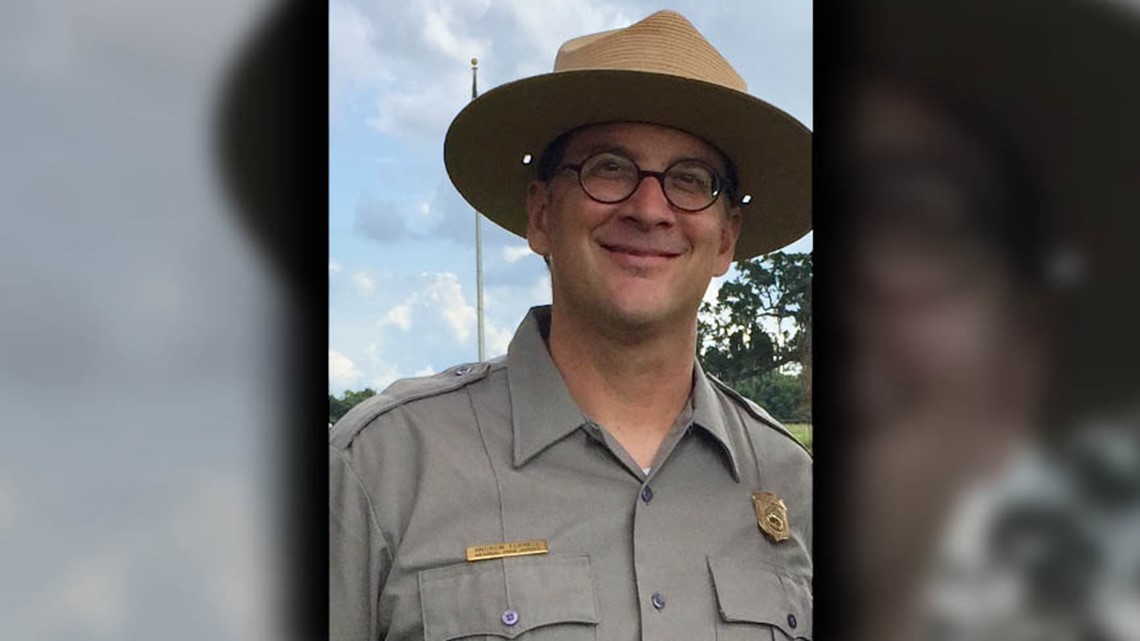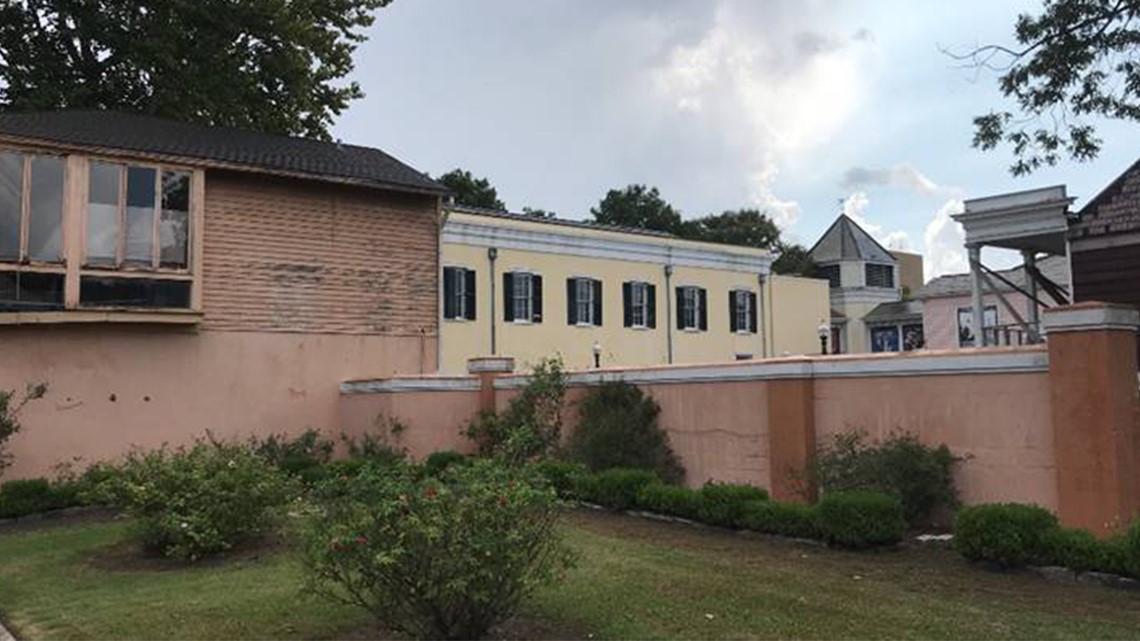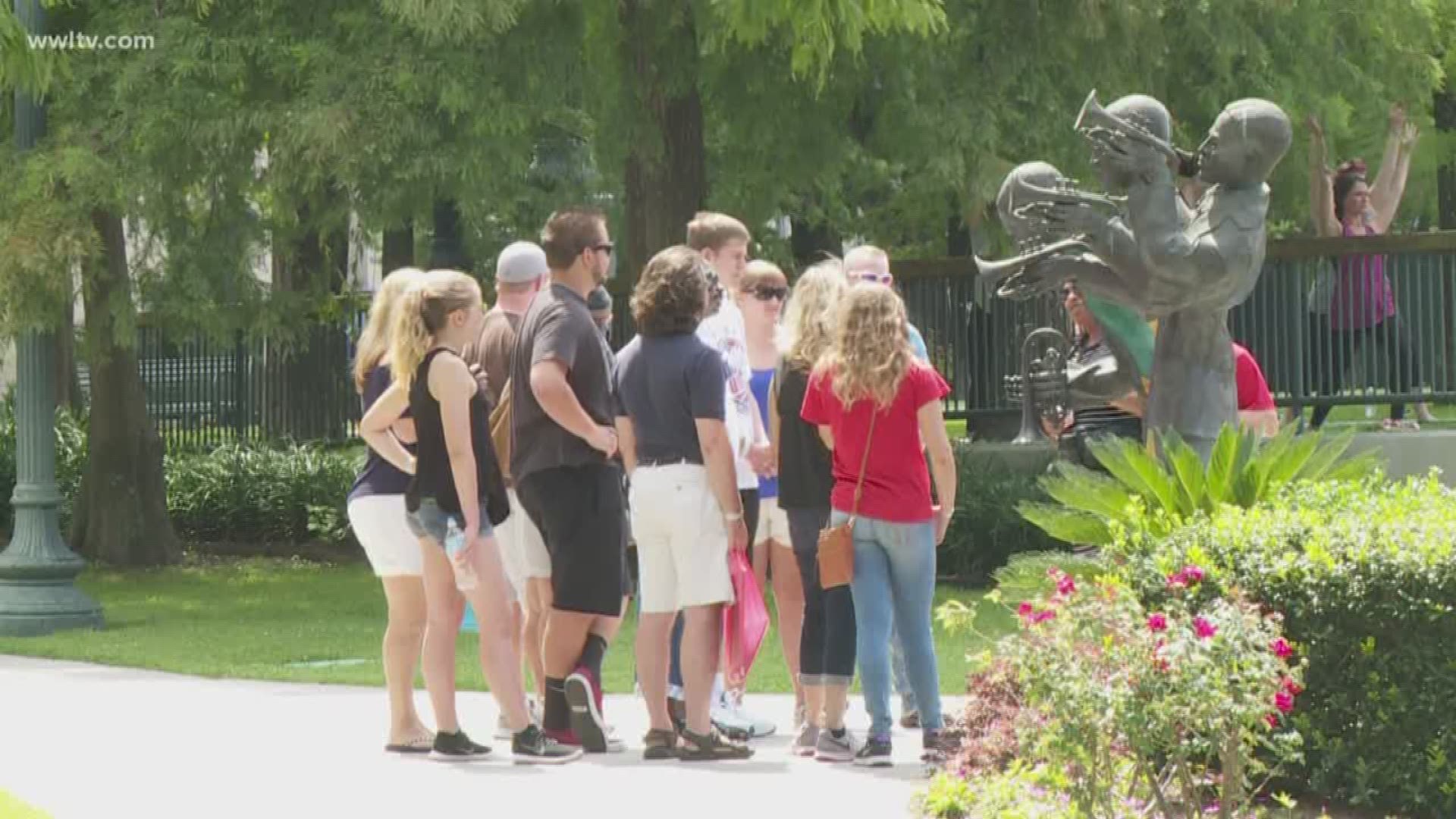NEW ORLEANS -- The struggling National Park Service ditched its 50-year lease on four blighted buildings in Armstrong Park this week, 19 years after agreeing to set up a portion of its New Orleans Jazz National Historical Park there.
Andy Ferrell, the acting superintendent for the Jean Lafitte National Historical Park and Reserve and the New Orleans Jazz National Historical Park, said the Park Service will focus on its remaining Jazz Park facilities, the National Jazz Museum at the Louisiana State Museum in the Old U.S. Mint building, and a visitor center a few blocks away on North Peters Street in the French Quarter.
"Preservation is best when it’s done at the local level," Ferrell said. "And so having the city be able to take this by the horns, if you will, and work with all the community stakeholders and local partners really presents probably the most sustainable future for the park."


The four buildings in Armstrong Park were known as the Jazz Complex when the Park Service began its 50-year lease in 1999. They are known as Perseverance Hall, Rabassa House, Reimann House and Caretaker’s House.
Perseverance Hall is the most famous of the four buildings. It is considered the oldest Masonic temple in Louisiana and served as one of the city's earliest integrated music venues in the 19th century. It later became a major jazz venue at the corner of St. Claude and Dumaine streets, where Professor Longhair famously sang about seeing the Zulu king.
That was before Armstrong Park was built. When it was built in the 1960s, all of the Treme homes were torn down except the four buildings that later became part of the New Orleans Jazz National Historic Park. U.S. park rangers provided security for that section of Armstrong Park and the Park Service did some work to stabilize the structures during the early years of the lease.
One of the buildings also served as the studios of the city’s famed jazz and heritage radio station, WWOZ-FM.
"We recognize that these buildings are underutilized and in terrible condition," City spokeswoman LaTonya Norton said. "We are already exploring a wide range of options for funding of repairs as well as for ongoing operations and maintenance of both Armstrong Park and the Municipal Auditorium."
Norton added the city is "developing a comprehensive plan for these incredible assets," and promised to share the strategy in the coming months.


Ferrell said the buildings were severely damaged by Hurricane Katrina and the Park Service turned its attention to developing its partnership with the State Museum in the French Quarter. The Park Service had planned to hold concerts there, but has since shifted those to the French Quarter facilities.
Ferrell said talks to dissolve the lease began in 2014, long before the Trump administration’s stinging cuts to the Park Service’s budget – cuts that have forced major changes at many of the nation’s 417 National Park sites.
“The city and park have been working for several years to end the lease and get it out of the status quo, which isn’t really going anywhere,” Ferrell told WWL-TV. “So now it can actually move forward and have the city work with its local partners to redevelop it.”
Leo Watermeier, head of Friends of Armstrong Park, said he hopes the city has a plan for dealing with the blighted buildings.
“Clearly the last 19 years have been a waste of time and millions of dollars,” he said in an email to members of his group.
The lease for the buildings and grounds on the edge of Armstrong Park was signed by the Park Service and former Mayor Marc Morial in 1999. It was supposed to go for 50 years with an option to extend another 49 years, but it also included language for terminating the lease early. The Park Service officially exercised that option July 29, and the transfer back to the city was completed Tuesday, Ferrell said.

